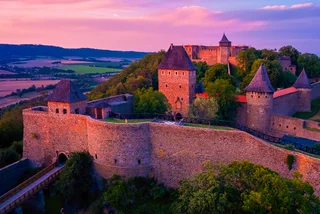At first glance, the last two decades have impacted less on Vršovice than other Prague neighborhoods, although it is noticeably smarter, as hundreds of apartments have been renovated, many to a very high standard, and new shops have opened. Indeed, retail, most notably the Eden shopping mall, is one of the most visible indicators of the changes since 1989. The complex opened in 2005, despite some opposition from locals worried about the effect on small shops in the area. Just opposite the shopping center is the newly rebuilt Slavia soccer stadium, home to one of Prague´s two main teams, and a major concert venue. Vršovice is also known for a number of other disparate landmarks such as the Koh-I-Noor plant, the Ministry of Environment headquarters, both on Vršovická, the striking modern architecture of St Václav´s church on Čechovo náměstí, and the stadium of another of Prague´s football teams, Bohemians 1905.


